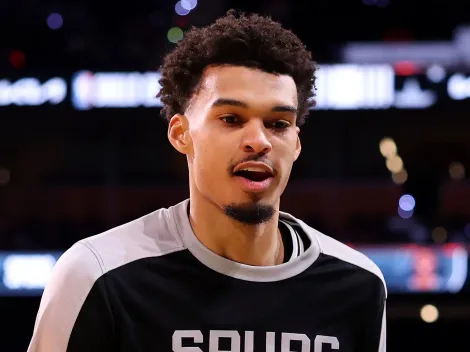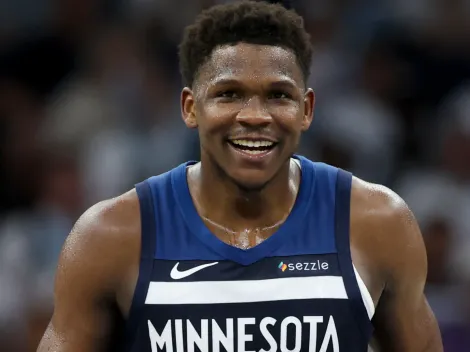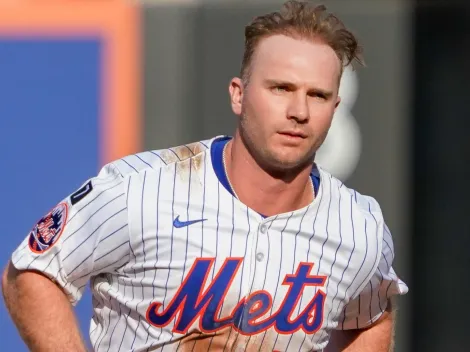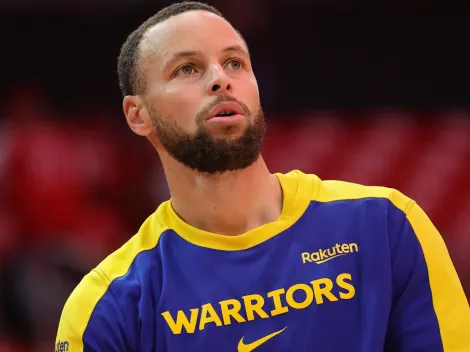When injuries hit hard and rosters get thin, WNBA teams have one secret weapon: the hardship contract. It’s not often talked about, but it plays a crucial role behind the scenes, keeping teams afloat when the season gets rough.
Unlike standard deals, hardship contracts bring a whole different energy—and urgency. They open doors for players waiting in the wings, sometimes turning a temporary fix into a breakout moment under the spotlight.
But what exactly qualifies a team to use one? And who gets that coveted call-up? The answers lie in a unique WNBA rule that blends opportunity, strategy, and just a hint of chaos. Let’s break down how it works—and why it matters.
When they’re used
In the high-stakes world of the WNBA, injuries and unforeseen circumstances can quickly deplete a team’s roster. When a team finds itself with fewer than 10 healthy players, the league permits the signing of hardship contracts.

Caitlin Clark #22 of the Indiana Fever celebrates a basket during the second half of a game against the Las Vegas Aces in 2024. (Source: Emilee Chinn/Getty Images)
These short-term agreements allow teams to temporarily bolster their lineup, ensuring that games proceed competitively and safely. For instance, the Phoenix Mercury utilized hardship contracts in August 2023 when key players like Brittney Griner and Shey Peddy were sidelined due to health protocols.
Salary structure
Hardship contracts in the WNBA are typically structured as seven-day agreements, with players receiving a prorated portion of the league’s minimum salary based on their years of experience.
While these contracts don’t offer the financial security of standard deals, they provide players with a platform to showcase their skills and potentially earn longer-term opportunities. For example, Crystal Dangerfield signed multiple hardship contracts with the New York Liberty in 2022 before securing a rest-of-season contract.
Duration
The duration of hardship contracts is inherently brief, often lasting just a week, but they can be renewed or extended if the team’s roster situation doesn’t improve, according to sources like SB Nation.
These contracts serve as both a lifeline for teams in need and an audition for players striving to make their mark. In 2023, Destanni Henderson signed a hardship contract with the Los Angeles Sparks, filling in until the team’s injured players returned
Recent examples
Hardship contracts have become a recurring feature in recent WNBA seasons, reflecting the league’s adaptability and the depth of talent available. In 2023, the Phoenix Mercury signed Ashley Joens to a hardship contract amid a spate of injuries.
Similarly, the Connecticut Sun brought in Stephanie Jones under a hardship contract in 2022 to address roster shortages. These instances highlight how hardship contracts not only help teams navigate challenging periods but also provide players with invaluable exposure and experience.





